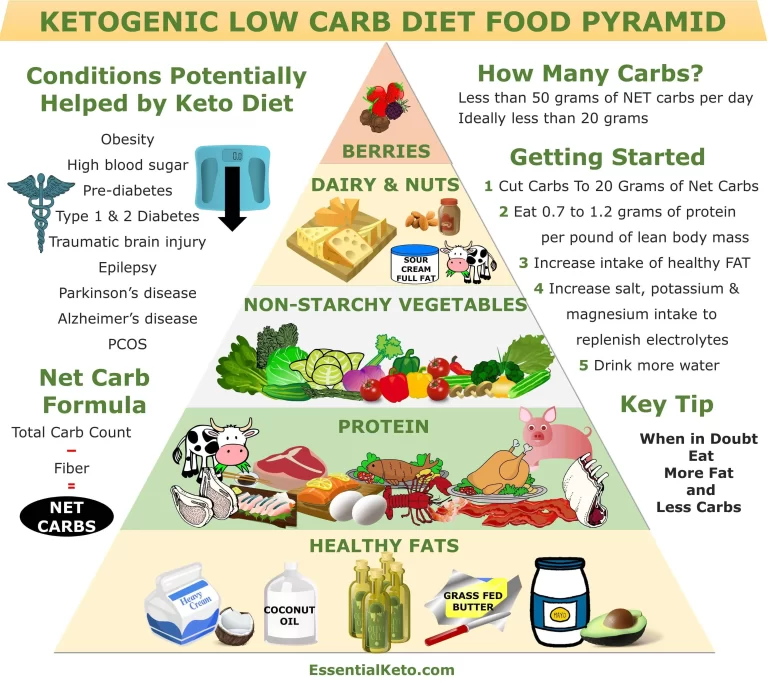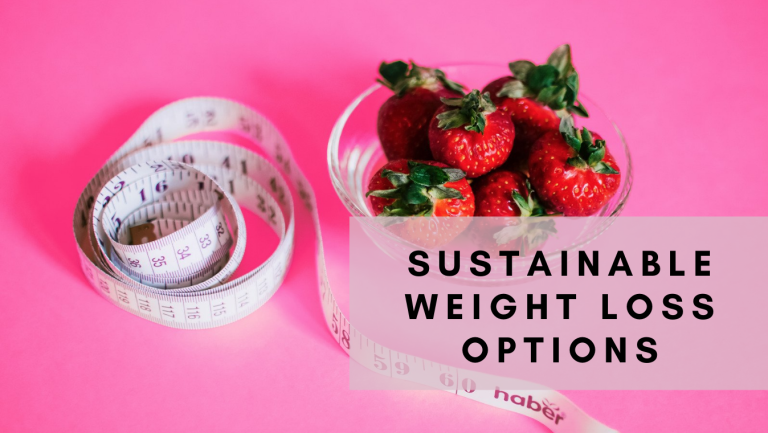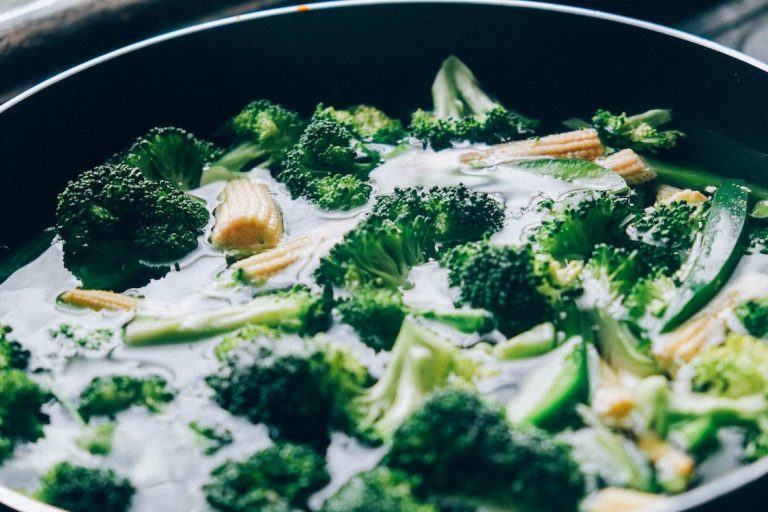Hypertension, commonly known as high blood pressure, is a serious health condition that affects millions of people worldwide. If left uncontrolled, it can lead to various complications, such as heart disease, stroke, and kidney problems. Diet plays a crucial role in managing hypertension, and one popular approach is the DASH (Dietary Approaches to Stop Hypertension) diet.
What is the DASH Diet?
The DASH diet is a well-researched eating plan that emphasizes whole foods and is specifically designed to lower and control blood pressure. It was originally developed by the National Heart, Lung, and Blood Institute (NHLBI) to reduce hypertension without the need for medication.
Key Principles
The DASH diet focuses on:
Incorporating plenty of fruits and vegetables into your daily meals
Choosing whole grains over refined grains
Consuming low-fat dairy products
Including lean proteins such as poultry, fish, and legumes
Limiting sodium intake
Reducing the consumption of sweets and sugary beverages
Benefits of the DASH Diet
The DASH diet is not only effective in managing hypertension but also offers numerous other health benefits:
Reduces the risk of developing heart disease
Lowers cholesterol levels
Helps with weight management
Improves insulin sensitivity
Enhances overall nutritional intake
Scientific Evidence
The effectiveness of the DASH diet has been supported by various scientific studies. A landmark study published in the New England Journal of Medicine found that participants who followed the DASH eating plan experienced significant reductions in blood pressure levels compared to those on a typical Western diet.
Implementing the DASH Diet
Here are some practical tips to incorporate the DASH diet into your lifestyle:
Gradually increase your consumption of fruits and vegetables. Aim for 4-5 servings of each per day.
Replace refined grains with whole grains like brown rice, quinoa, and whole wheat bread.
Choose low-fat or fat-free dairy products, such as skim milk and Greek yogurt.
Include lean proteins in your meals, such as skinless chicken breast, fish, and lentils.
Use herbs, spices, or salt alternatives to season your food instead of adding excessive sodium.
Avoid processed foods that are high in sodium, such as fast food, packaged snacks, and canned soups.
Stay hydrated by drinking plenty of water, and limit your intake of sugary beverages.
Conclusion
If you have hypertension, adopting the DASH diet can significantly improve your overall health and help you manage your blood pressure levels. It is a well-balanced and flexible eating plan that is not only effective in reducing hypertension but also offers numerous other health benefits. Consult with your healthcare professional or a registered dietitian to create a personalized DASH diet plan that suits your specific needs and preferences.












